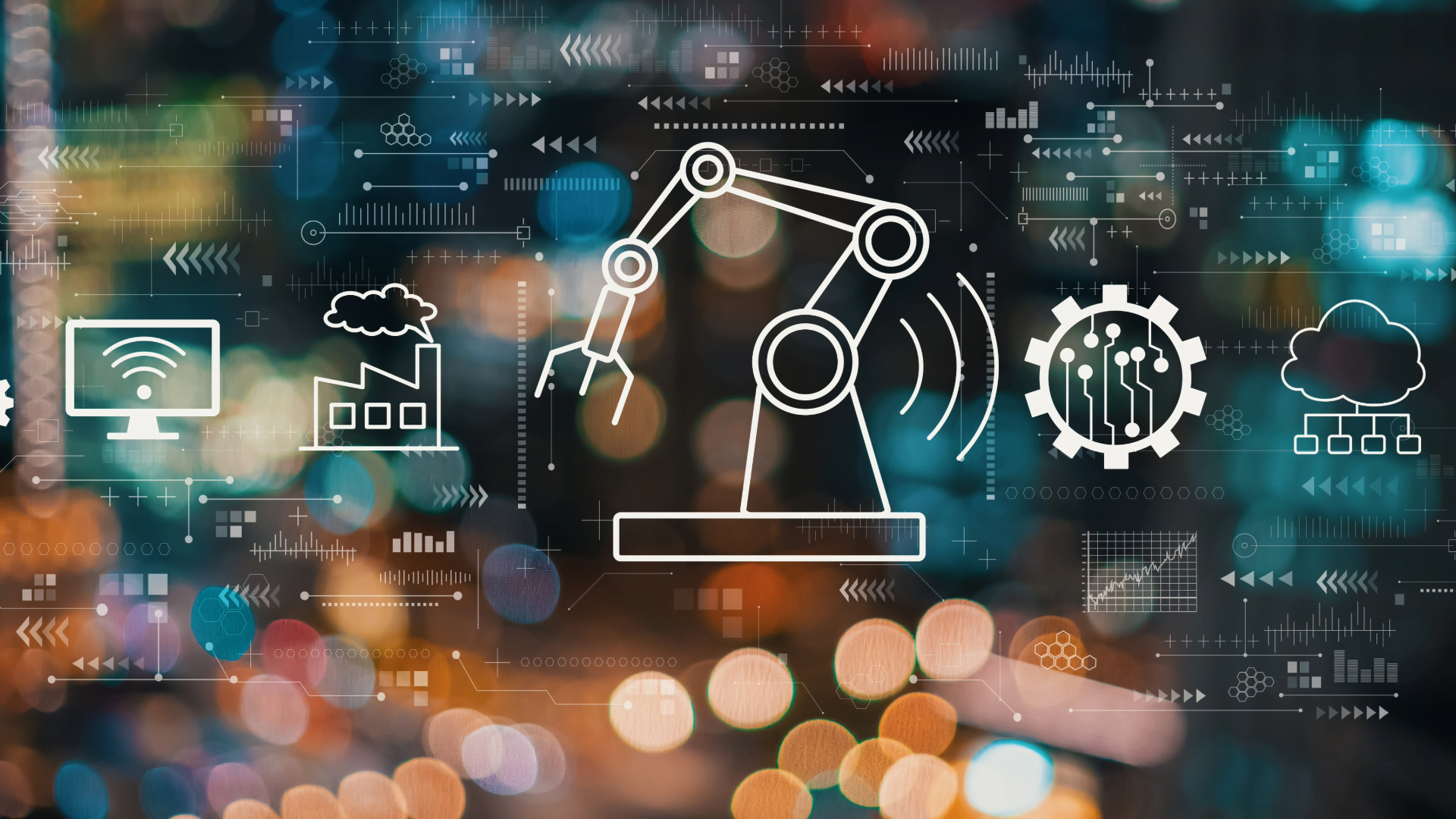Manufacturing is the process of converting raw materials, components, or parts into finished goods that meet specific standards and requirements. It involves various stages, including design, production planning, sourcing of materials, fabrication, assembly, quality control, and distribution. Manufacturing processes can vary significantly depending on the industry, product complexity, and technological advancements. In this essay, we will delve into the elaborate details of manufacturing, exploring its history, types, techniques, challenges, and future prospects.
Introduction to Manufacturing Industry:
Manufacturing has been a fundamental part of human civilization since ancient times. Early civilizations engaged in basic manufacturing activities such as pottery making, metalworking, and textile production. With advancements in technology and industrialization, manufacturing processes evolved, leading to the establishment of factories and mass production techniques during the Industrial Revolution.
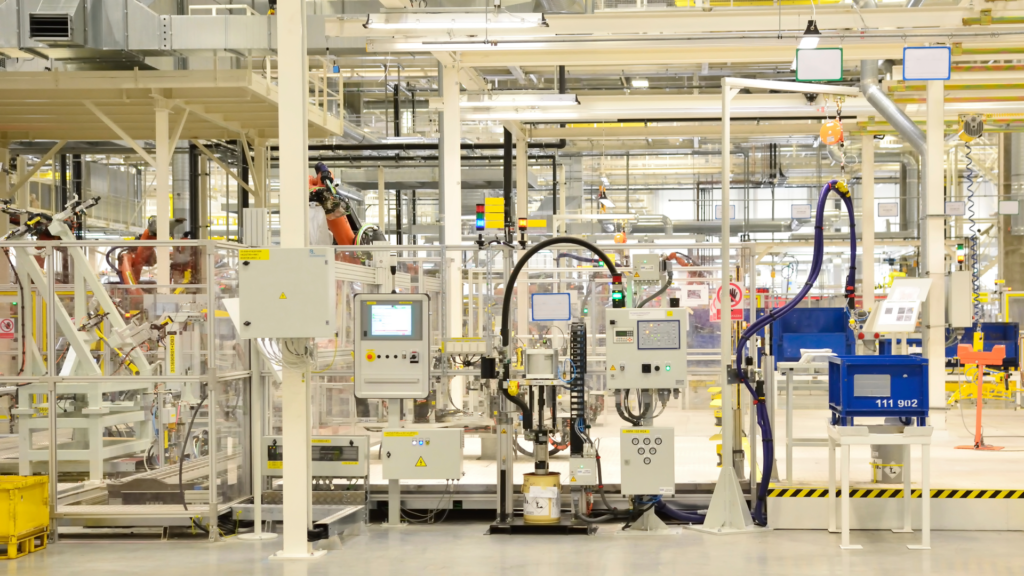
Historical Evolution:
The history of manufacturing can be divided into several key periods:
1. Pre-Industrial Era:
This period witnessed manual craftsmanship and artisanal production methods.
2. Industry Revolution (18th to 19th centuries):
The advent of mechanization and steam power transformed manufacturing, leading to the mass production of goods.
3. 20th Century:
The introduction of electricity, assembly lines, and automation further revolutionized manufacturing processes, enabling higher efficiency and output.
4. Digital Age (Late 20th Century to Present):
The integration of computers, robotics, and advanced technologies ushered in the era of smart manufacturing or Industry 4.0.
Types of Manufacturing:
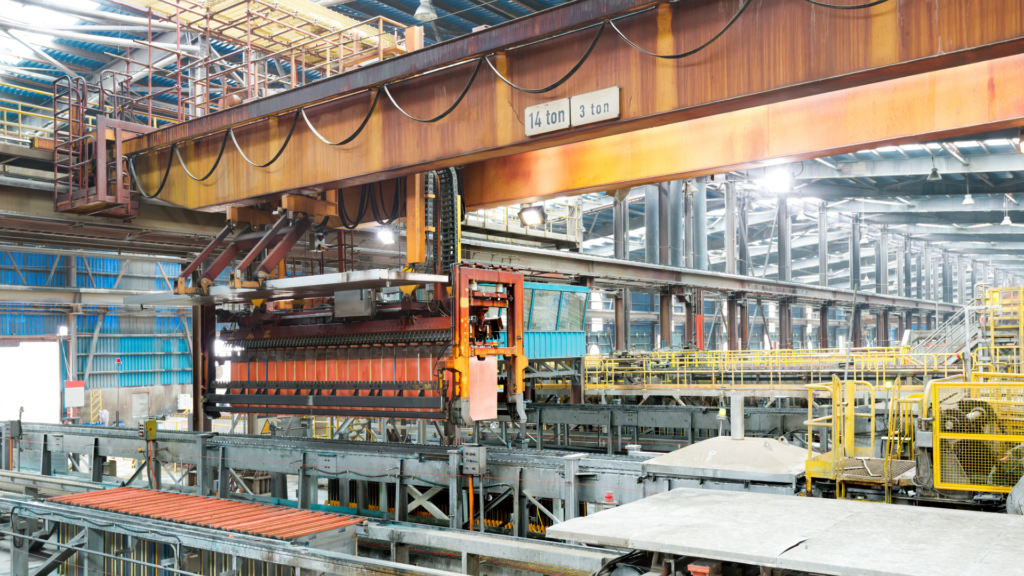
Manufacturing can be classified into various types based on factors such as production volume, process complexity, and product characteristics:
1. Mass Production:
Involves large-scale production of standardized goods using assembly line techniques. Examples include automobile manufacturing and consumer electronics.
2. Batch Production:
Involves producing a limited quantity of items in a batch before switching to a different product. This method is common in industries like pharmaceuticals and food processing.
3. Job Shop Production:
Characterized by custom-made products tailored to individual customer requirements. Job shops typically handle small-scale production runs with diverse product configurations.
4. Continuous Production:
Involves uninterrupted manufacturing processes, often used for high-volume commodities such as chemicals and paper products.
Manufacturing Processes:
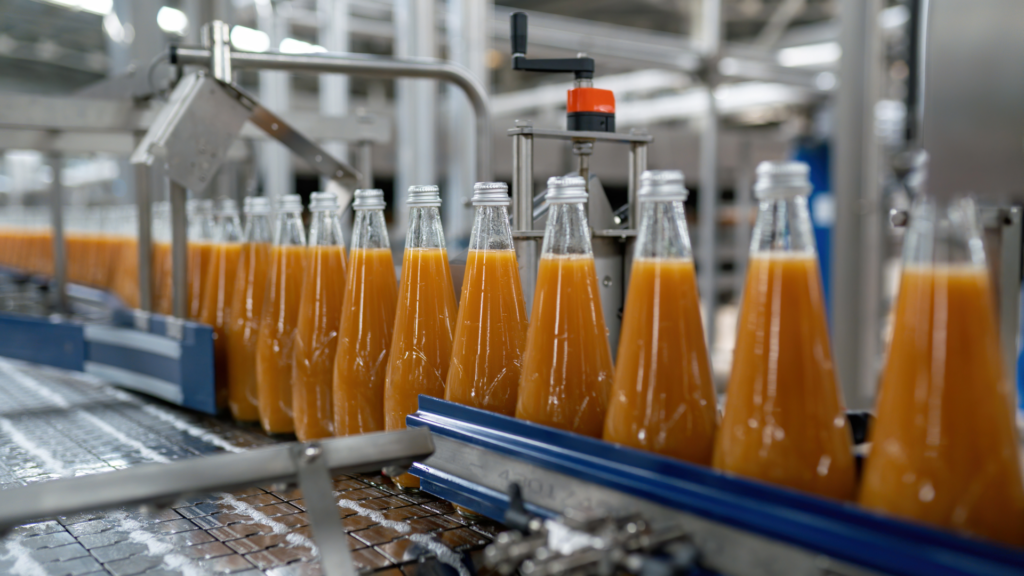
Manufacturing processes encompass a wide range of techniques and methodologies tailored to specific products and industries. Some common manufacturing processes include:
1. Casting:
Involves pouring molten material into a mould cavity to create a desired shape. Casting is used in metalworking, plastics manufacturing, and glass production.
2. Machining:
Utilizes cutting tools to remove material from a workpiece to achieve the desired shape and dimensions. Machining operations include milling, turning, drilling, and grinding.
3. Forming:
Involves shaping materials using mechanical forces, heat, or pressure. Examples include forging, stamping, bending, and extrusion.
4. Joining:
Involves combining multiple components or materials to create an assembled product. Joining techniques include welding, brazing, soldering, and adhesive bonding.
5. Additive Manufacturing:
Also known as 3D printing, this process builds objects layer by layer from digital designs. Additive manufacturing offers design flexibility and is used in prototyping, custom manufacturing, and aerospace applications.
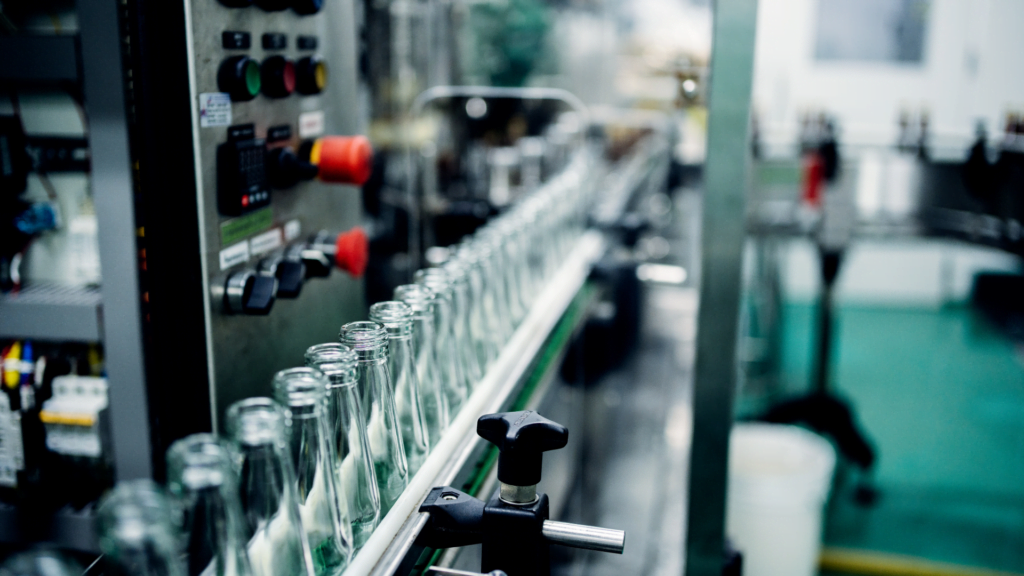
Challenges in Manufacturing Industry:
Despite its significance, manufacturing faces various challenges in today’s globalized economy:
1. Global Competition:
Manufacturers must compete with firms worldwide, often facing pressure to reduce costs while maintaining quality standards.
2. Supply Chain Disruptions:
Events such as natural disasters, geopolitical conflicts, or pandemics can disrupt the supply chain, leading to production delays and shortages.
3. Technological Disruption:
Rapid advancements in automation, artificial intelligence, and digitalization require manufacturers to adapt and invest in new technologies to remain competitive.
4. Skills Gap:
The evolving nature of manufacturing demands a skilled workforce proficient in digital literacy, problem-solving, and advanced manufacturing techniques.
5. Environmental Sustainability:
Manufacturers face increasing scrutiny regarding their environmental impact, prompting the adoption of sustainable practices and green technologies.
Future Trends and Prospects:
Looking ahead, several trends are shaping the future of manufacturing:
1. Industry 4.0:
The fourth industrial revolution emphasizes the integration of cyber-physical systems, Internet of Things (IoT), and data analytics to create smart factories capable of autonomous production and predictive maintenance.
2. Digital Twin Technology:
Digital twins, virtual replicas of physical assets, enable manufacturers to simulate and optimize production processes, leading to improved efficiency and product quality.
3. Customization and Personalization:
Consumer demand for personalized products is driving the adoption of flexible manufacturing systems capable of producing customized goods at scale.
4. Reshoring and Nearshoring:
Concerns about supply chain resilience and geopolitical risks are prompting companies to reconsider offshoring strategies, leading to a resurgence of domestic and regional manufacturing.
5. Sustainable Manufacturing Practices:
The shift towards sustainability involves reducing waste, conserving resources, and minimizing carbon emissions throughout the manufacturing lifecycle.
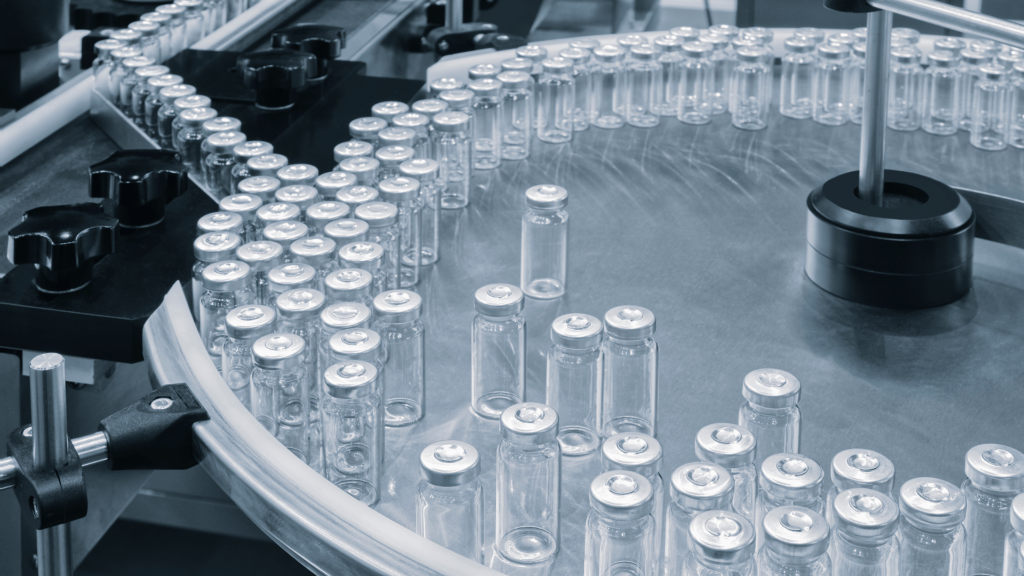
Conclusion:
Manufacturing Industry plays a pivotal role in driving economic growth, innovation, and societal progress. From ancient craft workshops to advanced smart factories, the evolution of manufacturing reflects humanity’s quest for efficiency, quality, and progress. As we navigate the challenges and opportunities of the digital age, embracing technological advancements and sustainable practices will be essential for shaping the future of manufacturing.
In conclusion, manufacturing is a multifaceted discipline encompassing a diverse range of processes, technologies, and challenges. Its evolution from artisanal craftsmanship to high-tech automation mirrors the trajectory of human ingenuity and industrial progress. As we stand on the brink of a new era of smart manufacturing and digital transformation, the journey of manufacturing continues to unfold, driven by innovation, collaboration, and a commitment to excellence.

